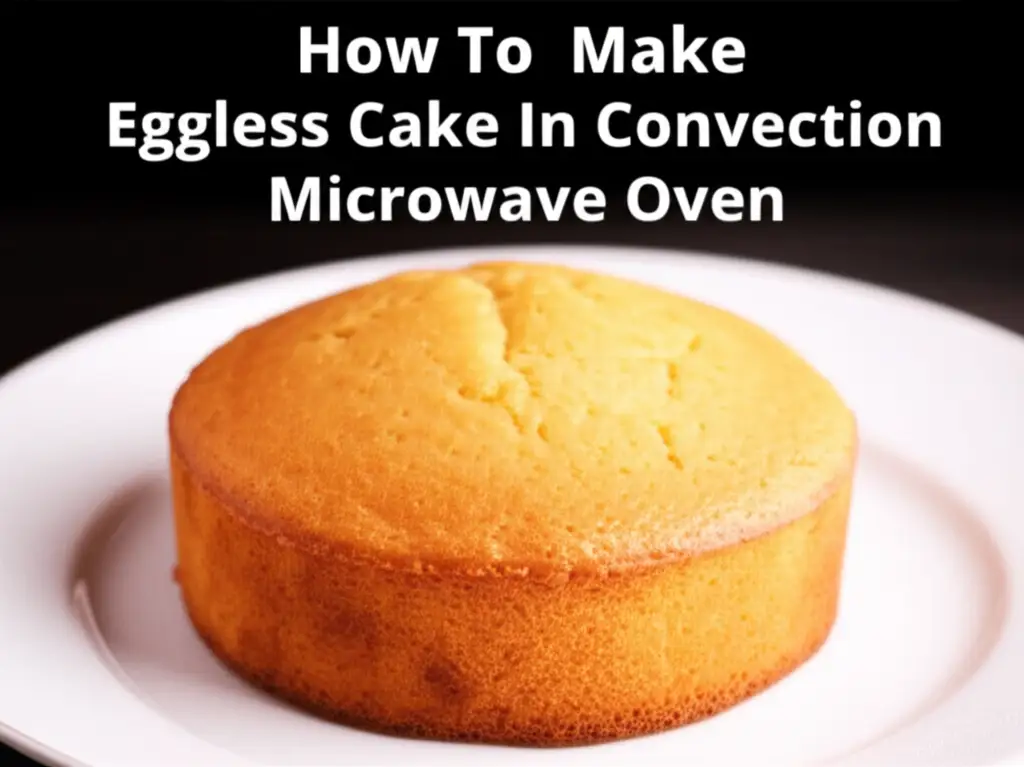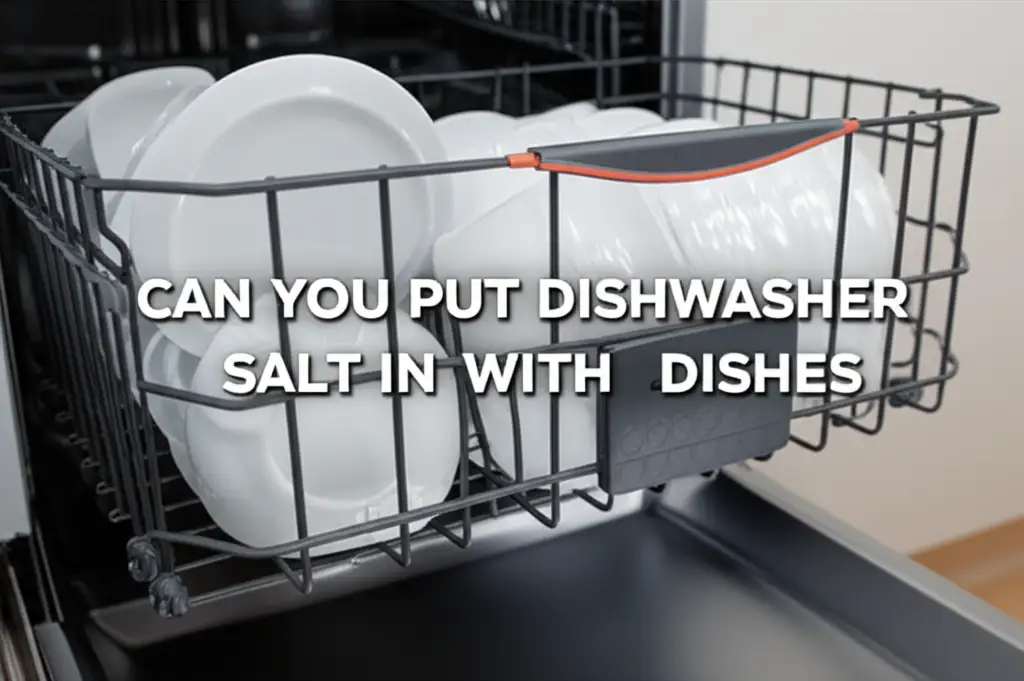· Todd Martin · Baking & Desserts · 12 min read
How To Make Eggless Cake In Convection Microwave Oven

Bake a Perfect Eggless Cake in Your Convection Microwave Oven
Baking a cake can feel like a grand challenge. Many people love homemade cakes but avoid baking due to concerns about eggs or specific oven types. What if you want to make an eggless cake? What if your main oven is a convection microwave? I understand these concerns perfectly. It is entirely possible to create a delicious eggless cake in a convection microwave. This guide will walk you through each step. You will learn about selecting ingredients, preparing your batter, using convection settings, and achieving a perfectly baked, moist cake. We will cover everything from understanding convection technology to cooling your cake.
Takeaway
Baking a delightful eggless cake in your convection microwave oven is straightforward. Here are the key steps:
- Understand Convection: Use your oven’s convection mode for even heat.
- Choose Egg Substitutes: Select suitable alternatives like yogurt, condensed milk, or applesauce.
- Prepare Batter Properly: Mix ingredients well, avoid overmixing.
- Grease Your Pan: Ensure your cake pan is well-greased and floured.
- Preheat Oven: Always preheat your convection microwave to the correct temperature.
- Bake and Test: Follow baking times and test for doneness before removing.
- Cool Completely: Allow the cake to cool fully before slicing.
How do you bake an eggless cake in a convection microwave oven?
To bake an eggless cake in a convection microwave oven, use the convection mode at the correct temperature, typically 160-180°C (325-350°F), with a suitable egg substitute like yogurt or applesauce. Prepare your pan, mix the batter, preheat the oven, and bake until a toothpick inserted into the center comes out clean.
Understanding Convection Baking for Eggless Cakes
Baking an eggless cake in a convection microwave oven offers many benefits. A convection oven uses a fan to circulate hot air. This circulation creates even heat distribution around your cake. Standard ovens rely on heat from elements, which can lead to hot spots. The fan ensures your cake bakes uniformly, reducing the chance of raw spots or burnt edges. It cooks food faster and more evenly than traditional baking.
Convection technology is ideal for baking. The consistent temperature helps the cake rise evenly. It also helps create a beautiful, golden crust. When you bake an eggless cake, texture is very important. Eggs provide structure and moisture in traditional recipes. Without them, you need even heat to set the cake properly. The circulating air helps to achieve this structure. It also ensures the cake remains moist inside.
Using your convection microwave oven means you have a versatile appliance. You can use it for various baking tasks. Understanding how a convection oven cooks differently helps you use it best. This knowledge lets you adjust your baking methods. You will get great results every time. Knowing your oven’s features helps you make delicious cakes easily.
Essential Ingredients for Your Eggless Cake
Creating a delicious eggless cake starts with the right ingredients. The most important part is finding a good egg substitute. Eggs provide structure, moisture, and bind ingredients. Many common kitchen items can replace eggs effectively. You can use mashed ripe bananas. They add sweetness and moisture. Applesauce also works well, providing moisture and a subtle flavor.
Another popular choice is plain yogurt or curd. Yogurt gives moisture and a soft crumb. You can also use condensed milk; it adds richness and sweetness. For a fluffy texture, try a mix of vinegar and baking soda. This combination creates a leavening action. Each substitute performs differently. Choose one based on the cake’s flavor and texture you want.
Beyond the egg substitute, your dry ingredients are crucial. Use all-purpose flour for a standard cake. For a lighter texture, consider cake flour. Baking powder and baking soda are essential leavening agents. They help the cake rise and become airy. Sugar provides sweetness and helps with browning. Add a pinch of salt to balance flavors. Always use good quality vanilla extract. It enhances the overall taste. Make sure your butter or oil is fresh. These fats add moisture and tenderness. Having all your ingredients ready before you start mixing makes the process smoother.
Preparing Your Cake Batter and Pan
Proper preparation is vital for a successful eggless cake. Start by preparing your cake pan. Grease the inside of the pan thoroughly with butter or cooking spray. Then, dust it with a thin layer of flour. Tilt the pan and tap it to spread the flour evenly. This step creates a non-stick surface. It ensures your cake releases easily after baking. You can also line the bottom with parchment paper for extra assurance. Learning how to make cake not stick to aluminum pan can save you from broken cakes. Knowing how to tell what size your cake pan is also helps you choose the right amount of batter.
Next, focus on your batter. Combine dry ingredients in one bowl. This includes flour, baking powder, baking soda, and salt. Whisk them together to ensure even distribution of leavening agents. In a separate, larger bowl, cream together your wet ingredients. This often includes softened butter or oil, sugar, and your chosen egg substitute. Beat these until light and fluffy. This step incorporates air, which makes the cake lighter.
Gradually add the dry ingredients to the wet ingredients. Mix until just combined. Do not overmix the batter. Overmixing develops the gluten in the flour too much. This can lead to a tough, dense cake. Use a spatula to gently fold in any remaining dry streaks. Pour the batter into your prepared cake pan. Gently tap the pan on the counter a few times. This helps to release any large air bubbles. Your cake batter is now ready for the oven.
Preheating and Setting Your Convection Microwave Oven
Preheating your convection microwave oven correctly is a critical step. Just like a traditional oven, a convection microwave needs to reach the target temperature before you put the cake in. This ensures the cake starts baking immediately and rises properly. Cold oven baking can lead to a dense, unevenly cooked cake. Most recipes suggest preheating for at least 10-15 minutes. This time allows the oven to stabilize its internal temperature.
To preheat, select the “Convection” mode on your microwave oven. Then, set the temperature. For most eggless cakes, a temperature between 160°C to 180°C (325°F to 350°F) works well. Some ovens might display Fahrenheit, so be aware of your oven’s scale. Consult your oven’s manual if you are unsure about the specific button or dial for convection mode. Modern convection microwave ovens often have specific settings for baking. Familiarize yourself with these. For specific models, you can look up guides like how to use Samsung microwave oven for baking cake or how to use LG microwave oven for baking cake.
Once you set the temperature, press the “Start” button. Your oven will begin heating up. Many convection microwaves have an indicator or a beep sound to signal when the desired temperature is reached. Place your cake pan on the metal rack provided with the convection microwave. Position it in the center of the turntable. This allows for even heat distribution. Avoid placing the cake directly on the turntable plate. The metal rack ensures the circulating hot air reaches all sides of the cake.
Baking Your Eggless Cake: Temperature and Time
Baking your eggless cake in a convection microwave oven requires careful attention to temperature and time. After preheating, place your cake pan inside the preheated oven. Close the door gently. Most eggless cakes bake well at a temperature of 170°C (338°F) in convection mode. However, actual baking time can vary. It depends on your oven model, the cake recipe, and the size of your cake pan. Start with an estimated baking time. For an average-sized round cake (8-inch), this usually ranges from 30 to 45 minutes.
Do not open the oven door during the first 20-25 minutes of baking. Opening the door too early can cause the cake to sink. The sudden drop in temperature can disrupt the cake’s delicate structure as it rises. After the initial baking period, you can check on your cake. Look for a golden-brown top. The cake edges might start pulling away from the sides of the pan.
To check for doneness, insert a wooden toothpick or a thin skewer into the center of the cake. If it comes out clean, the cake is ready. If it has wet batter clinging to it, continue baking for another 5-10 minutes. Check again until it passes the toothpick test. Remember that convection ovens bake faster. You might need to reduce the baking time by 20-25% compared to a traditional oven recipe. Always trust the toothpick test for accuracy.
Cooling and Unmolding Your Perfect Eggless Cake
The cooling process is just as important as the baking process. Once your eggless cake passes the doneness test, remove it from the convection microwave oven. Place the cake pan on a wire rack. This allows air to circulate around the pan. Let the cake cool in the pan for about 10-15 minutes. This initial cooling period is crucial. The cake continues to set as it cools, and its structure becomes firmer. Trying to remove it too soon can cause it to break apart.
After this initial cooling, gently run a thin knife or spatula around the edges of the cake. This helps loosen any parts that might be sticking to the pan. Place a serving plate or another wire rack over the top of the cake pan. Carefully invert the pan and plate/rack together. The cake should slide out onto the plate or rack. If it sticks, gently tap the bottom of the pan. Sometimes, a well-greased pan means the cake slides out almost effortlessly. For persistent sticking issues, consider learning how to get cake out of cake pan without breaking.
Once inverted, if the bottom of the cake now faces up, place another wire rack on top. Invert it again to have the top side facing up. This allows the cake to cool completely on the wire rack. Cooling on a wire rack prevents condensation. Condensation can make the bottom of the cake soggy. Allow the cake to cool fully before frosting or slicing. This can take anywhere from 1 to 2 hours, depending on the cake’s size. A fully cooled cake handles better and takes frosting more smoothly.
Tips for Troubleshooting Common Eggless Cake Issues
Baking eggless cakes, especially in a new appliance like a convection microwave, can sometimes present small challenges. Knowing how to troubleshoot common issues helps you achieve consistent success. One common problem is a dense or tough cake. This often happens from overmixing the batter. Remember to mix only until the ingredients are just combined. Another cause can be too much flour or not enough liquid. Always measure your ingredients precisely. Use a kitchen scale for best results.
If your cake sinks in the middle, it could be due to several reasons. Opening the oven door too early during baking is a frequent culprit. This causes a sudden temperature drop, making the cake collapse. Insufficient leavening agents (baking powder/soda) or expired leavening agents can also lead to sinking. Make sure your baking powder and soda are fresh. An oven that is too hot can cause the cake to rise too fast and then fall. Ensure your oven temperature is accurate.
Sometimes, the cake might stick to the pan despite proper greasing. This can happen if the pan wasn’t floured well or if you tried to unmold the cake too soon. Always grease and flour thoroughly. Allow the cake to cool in the pan for the recommended time before attempting to remove it. If your cake browns too quickly on top in a convection oven, you might need to lower the temperature slightly or cover the top loosely with aluminum foil during the last part of baking. These adjustments will help you master eggless baking in your convection microwave.
FAQ Section
Can I use any cake recipe for an eggless cake in a convection microwave?
You can adapt most standard cake recipes to be eggless. Replace each egg with an appropriate substitute like 1/4 cup yogurt, 1/4 cup applesauce, or a mashed ripe banana. Adjust the liquid slightly if the substitute adds a lot of moisture. Always use the convection mode for baking.
What is the best egg substitute for a moist eggless cake?
For a moist eggless cake, yogurt (plain, unsweetened) or condensed milk are excellent choices. They add moisture and richness. Mashed ripe bananas also contribute to moisture and a subtle flavor. Experiment to find which substitute you prefer for different cake types.
How do I know when my eggless cake is fully baked?
Insert a clean wooden toothpick or skewer into the center of the cake. If it comes out clean, with no wet batter attached, your cake is fully baked. The edges of the cake will also start to pull away from the sides of the pan, and the top will be golden brown.
Do I need to adjust baking time for convection mode?
Yes, convection ovens bake faster than conventional ovens. As a general rule, reduce the baking time by 20-25% compared to what a traditional recipe suggests. Always keep an eye on the cake and use the toothpick test for accurate doneness.
What kind of pan should I use for baking in a convection microwave?
Use metal baking pans (aluminum, steel) or heat-safe glass baking dishes. Avoid using plastic or silicone pans that are not specifically marked for convection oven use. Ensure your pan fits comfortably on the metal rack provided with your convection microwave oven.
Why did my eggless cake come out dense?
A dense eggless cake can result from overmixing the batter, which develops gluten too much. It can also be due to using too much flour or not enough leavening agents (baking powder/soda). Ensure your leavening agents are fresh and measure ingredients precisely.
Conclusion
Baking an eggless cake in your convection microwave oven is not just possible, it is quite simple and rewarding. We have walked through the entire process, from understanding the advantages of convection baking to perfecting your ingredients and technique. Remember, the circulating hot air in a convection oven creates an ideal environment for an evenly baked, moist eggless cake. Paying attention to preheating, precise measurements, and proper cooling will yield fantastic results.
You now have the knowledge to confidently make a delicious eggless cake in your own convection microwave oven. Experiment with different egg substitutes and flavors to find your favorites. Do not hesitate to try this method. Your kitchen will soon fill with the aroma of freshly baked cake. Start baking your perfect eggless cake today and enjoy every slice!





